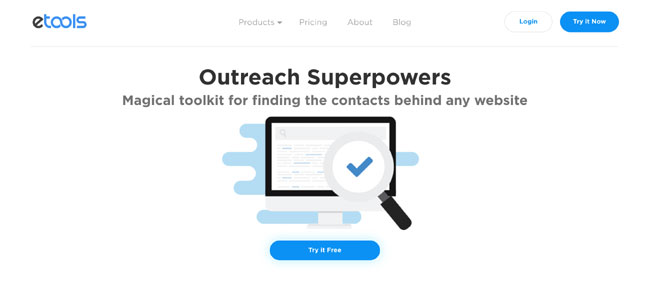Let us have a look at some of the major factors which are essential for web writing:
Topic Selection:
- Spend time on research
- Touch every corner of a subject.
- Thinking about users while selecting keywords. If users are coming to a website for certain topic then he must be provided other related articles for his complete initial research.
Writing Style:
- Users won’t read your text thoroughly in a word-by-word manner. Some people will read more, but most won’t.
- The first two paragraphs must state the most important information. There’s some hope that users will actually read this material, though they’ll probably read more of the first paragraph than the second.
- Start subheads, paragraphs, and bullet points with information-carrying words that users will notice when scanning down the left side of your content in the final stem of their F-behavior. They’ll read the third word on a line much less often than the first two words.
Details:
Eye tracking visualizations show that users often read Web pages in an F-shaped pattern: two horizontal stripes followed by a vertical stripe.
- Users first read in a horizontal movement, usually across the upper part of the content area. This initial element forms the F’s top bar.
- Next, users move down the page a bit and then read across in a second horizontal movement that typically covers a shorter area than the previous movement. This additional element forms the F’s lower bar.
- Finally, users scan the content’s left side in a vertical movement. Sometimes this is a fairly slow and systematic scan that appears as a solid stripe.
Remember
- Articles should be no less than 300 words and no more than 500 words.
- Do not think writing for web have anything common with writing a novel. So be specific.
- First of all write your articles without thinking anything about keywords.
- Read through the article and replace words, reword sentences to fit in selected keywords.
- Make sure the sentences make sense.
- Proofread your article and make sure they flow.
Don’t forget this
- The shorter, the better: Use simple, direct/effective language to communicate your thoughts
- Active voice: “Do it,” don’t “will have been done” it. Reserve passive voice for situations where you don’t know the subject,
- Use formatting: Break up that boring mass of gray type by using:
- Lists
- bold headers
- block quotes
One topic per article: Don’t write “catch-all” entries or discussions covering a wide range of subjects. Break those out on their own, separate articles.
- Easy to read: No block of text more than five lines on the screen.
- Spell/grammar check: Don’t look like an idiot
Important facts:
- 79% of users always scan; only 16% read word-by-word
- Reading from computer screens is 25% slower than from paper
- Web content should be 50% the size of its paper equivalent
- Users spend 30 seconds reviewing a home page.
- Simple and Informal Writing(down-to-earth language) are Preferred
- Users Like Summaries and the Inverted Pyramid Style (summaries, and conclusions up front followed by article).



Really great and effective tips. Nice work.